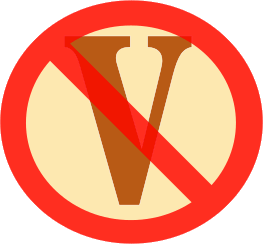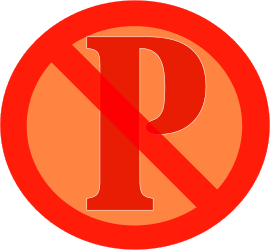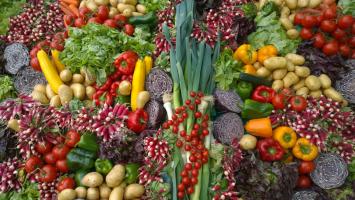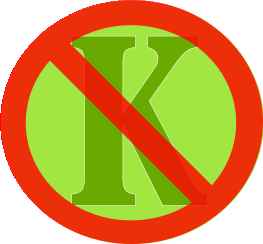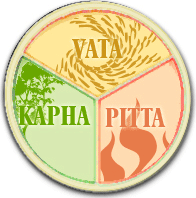RED BLOOD CELLS HEALTH REMEDIES

|
The red blood cells is called Rakta Dhatu in Ayurveda. Categories in Blood and CirculationTemperature SignsWater RegulationCirculationHeartLymph / Blood PlasmaRed Blood CellsImmune-SystemLiver & GallbladderAround EyesEyesTongue CoatingTongue Surface / CracksTongue BodyPulseOverviewDon't know your body type? Take our free Dosha quiz!
TAKE THE QUIZ
17 likes  SAVE SYMPTOM SAVE SYMPTOMPale lips may be a sign of anemia or other blood deficiencies. It could be a sign of vasoconstriction due to cold or other circulatory issues. 13 likes  SAVE SYMPTOM SAVE SYMPTOMDark blood is stagnant blood dur to poor circulation or thick, sweet Kapha blood.      (4.00 out of 5 stars) 1 rating, 14 likes (4.00 out of 5 stars) 1 rating, 14 likes SAVE SYMPTOM SAVE SYMPTOMRosy cheeks, red lips, a pink tongue, and redness in the palms of the hand is a sign of rakta saar - or excellence in blood tissue. If the redness is a bright red, it can indicate high Pitta. While yellow color points to liver weakness, bright red...      (4.00 out of 5 stars) 1 rating, 22 likes (4.00 out of 5 stars) 1 rating, 22 likes SAVE SYMPTOM SAVE SYMPTOMA red tip of the tongue is a normal sign of good metabolism (strong agni). When the tongue appears pale with a red tip however, it is a sign that the heart is overcompensating for anemia (Rakta dhatu deficiency). The heart in general... 19 likes  SAVE SYMPTOM SAVE SYMPTOMRed dots on the tongue are blood filled bumps that indicate a heat condition in the internal organs, especially the digestive tracts. 28 likes  SAVE SYMPTOM SAVE SYMPTOMThe eyes generally sting one hour after a meal, during the sour phase of digestion. In this phase, acid production in the stomach cause an 'alkaline tide' in the blood. Stinging eyes are a sign of these changes in blood chemistry. The eyes may also... 27 likes  SAVE SYMPTOM SAVE SYMPTOMThe eyes may be bloodshot from a lack of sleep (Vata), irritation from contact lenses or debris (Vata), allergies (Pitta), a heat condition and even blood stagnation. Cucumbers on the eyes, cleansing the blood, and soothing the liver may help.      (5.00 out of 5 stars) 1 rating, 81 likes (5.00 out of 5 stars) 1 rating, 81 likes SAVE SYMPTOM SAVE SYMPTOMWhat is High Blood Pressure? The concept of blood pressure is simple - it refers to the force of blood pressing against the walls of your arteries. Healthy blood pressure is around 120/80mm Hg. When your blood pressure reaches or... 152 likes  SAVE SYMPTOM SAVE SYMPTOMAnemic blood is weaker than non-anemic. Blood that lacks umphh may leave you feeling cold, your skin pale, and your digestion weak. In fact, all blood intensive activities may be affected. Some of the types of anemia include iron-deficiency,...      (5.00 out of 5 stars) 1 rating, 36 likes (5.00 out of 5 stars) 1 rating, 36 likes SAVE SYMPTOM SAVE SYMPTOM'Thalas' means sea in Greek while 'emia' means blood. Thalassemia thus means 'blood of the sea.' In Thalassemia, a genetic mutation makes red blood cells irregular. The mutation confers immunity to malaria, which is more prevalent near the coastline... 40 likes  SAVE SYMPTOM SAVE SYMPTOMThe body stores between 2-5mg of vitamin B12, about 3-5 years worth. Most of this vitamin B12 is stored in the liver (approx 50%). Some vitamin B12 is secreted by the liver each day in bile, and then reabsorbed in the small intestines. Approximately... 3 likes  SAVE SYMPTOM SAVE SYMPTOMIron overload damages organs by stimulating ractive oxygen molecules. It causes muscle and joint pain, fatigue, inflammation liver damage, and cardiac injury. Iron overload is caused by Hereditary factors,... 
AYURVEDIC FACE ASSESSMENT
Learn how to assess constitution by a person's face.
|
Join Joyful Belly.
Want our top Ayurvedic recipes and health tips?Subscribe to our free newsletter!

